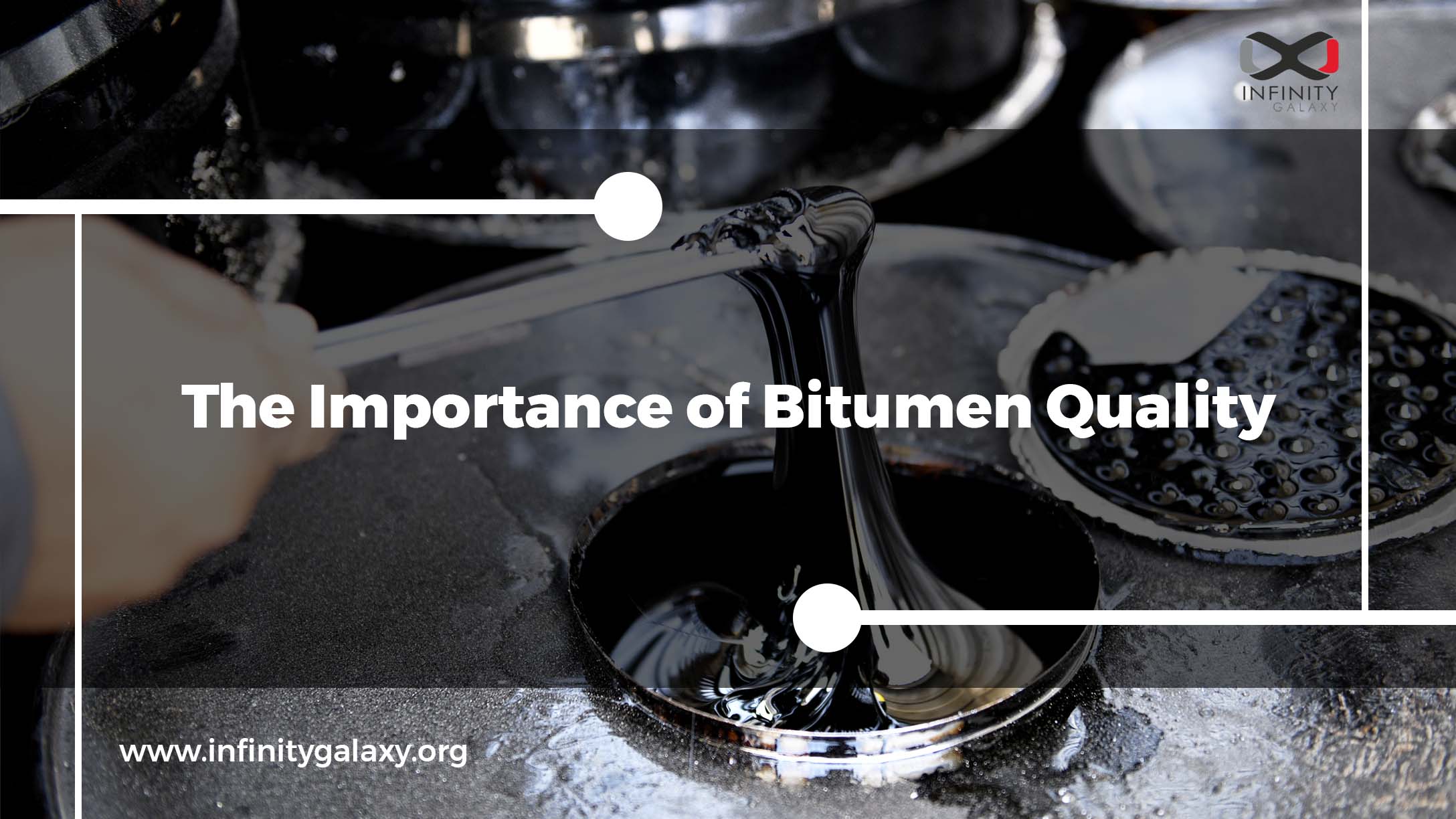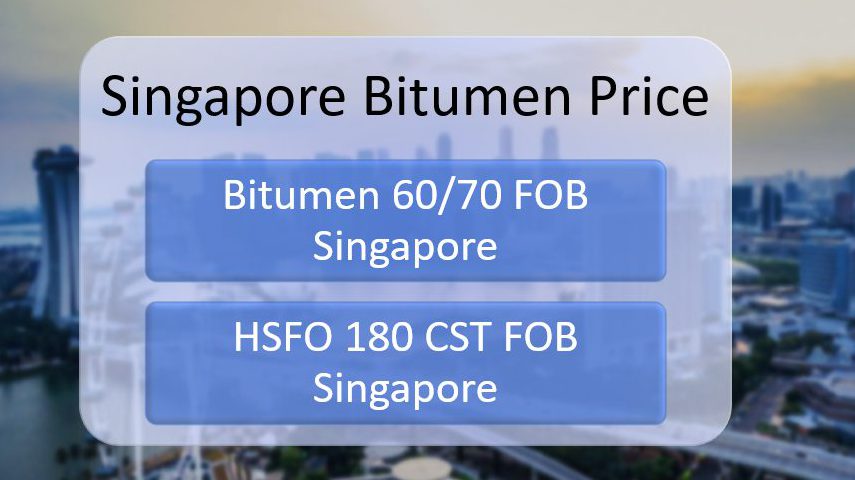Hot Mix Asphalt and Cold Mix Asphalt are two common asphalt types used in road construction. They differ significantly in their composition, production processes, and applications.
Keep reading this article to learn about their definition and differences.
What is Cold Mix Asphalt?
Cold Mix Asphalt (CMA) is a type of asphalt that can be used at ambient temperatures, making it ideal for temporary repairs or in areas where hot mix asphalt is not readily available. It consists of aggregates and liquid bitumen, including cutback and emulsion bitumen.
What is Hot Mix Asphalt?
Hot Mix Asphalt (HMA) is a mixture of pure bitumen, asphalt binder, and aggregate heated to high temperatures for road construction. It is commonly used in paving projects due to its durability and ability to resist heavy traffic loads and harsh weather conditions.
Cold Mix Asphalt vs Hot Mix Asphalt, What’s the Difference?
The difference between hot mix and cold mix asphalt is in 2 cases:
- Type of Bitumen Binder
- Production Process
The bitumen binder which is used in the hot mix asphalt is the type of paving grades. Different grades of bitumen penetration grade and viscosity grade bitumen are used in the hot mix asphalt and it can be produced in the factory.
But liquid bitumen like bitumen emulsion and cutback bitumen is used in the cold mix asphalt .It usually can be produced on the project site, or it can also be produced in the mobile cold asphalt mixing plants.
The difference between hot mix asphalt and cold mix asphalt is described in the table below:
| Cold Mix Asphalt vs Hot Mix Asphalt | |||
|---|---|---|---|
| Hot Mix Asphalt (HMA) | Cold Mix Asphalt (CMA) | ||
| Type of Bitumen | Penetration Grade Viscosity Grade | Bitumen Emulsion Cut Back Bitumen | |
| Production Process | It is produced from the combination of broken and crushed aggregates with pure bitumen in the factory. The aggregates should be heated before mixing. | It is produced from the combination of broken and crushed aggregates with liquid bitumen. The aggregates should not be heated before mixing. | |
| Implementation | It should be poured on the surface immediately after preparation and not long after its production. | It can be carried over long distances and has no time limit. | |
Cold Mix Asphalt vs Hot Mix Asphalt, Advantages and Disadvantages
Both CMA and HMA have their own unique advantages and are chosen based on the needs of the project, environmental conditions, and budget. Cold mix asphalt is suitable for small-scale or emergency repairs and low-traffic roads, while hot mix asphalt is used for major roads and highways with heavy traffic.
Read a summary of the advantages and disadvantages of cold mix asphalt and hot mix asphalt in the table below.
| Advantages and Disadvantages of CMA and HMA | |||
|---|---|---|---|
| Hot Mix Asphalt (HMA) | Cold Mix Asphalt (CMA) | ||
| Advantages | 1-Higher Durability and Strength 2- Creating Smooth Surface 3- Longer lifespan compared to CMA 4- Suitable for a wide range of applications | 1- Ease of Use 2- Cost-Effective (due to lower production costs and no heating required) 3-Allowing to storage for on-demand use 4-Environmental Benefits and Produces fewer emissions during production | |
| Disadvantages | 1- More expensive than CMA 2- Requires temperature control during production, transportation and application 3- Environmental Impact: Higher energy consumption and emissions during production | 1-Lower Durability and Strength 2- Short Lifespan 3-Limitations for use on high-traffic roads 4- Creating less flexible and rougher surface | |
Production Process of Hot Mix Asphalt
To produce hot mix asphalt, granulated and crushed aggregates must be mixed with hot bitumen at certain temperatures in the range of 105 to 163 ֯C in the factory.
In addition, filler must be added to fill the void space in the asphalt mixture. After all, this hot mix asphalt is spread on the desired surface.
The bitumen used in hot asphalt is a type of pure bitumen. Different grades of bitumen penetration grades or bitumen viscosity grades should be used in hot mix asphalt.
These types of bitumen are prepared from the direct distillation of petroleum and they should be homogeneous and water-free.
Production Process of Cold Mix Asphalt
Cold asphalt is prepared by mixing aggregates with emulsion bitumen or cutback bitumen at ambient temperature and is spread at the same ambient temperature on the surface.
If bitumen emulsion is used, aggregates can be wet and mixed with bitumen. But if cutback bitumen is used, the aggregates must be dried at ambient temperature or they should be heated before mixing.
In some types of cold asphalt, if necessary, the bitumen may be heated before mixing, but other materials are mixed with bitumen without heating.
In most cases, two types of cut back bitumen including MC 3000 and SC 3000 are used in cold asphalt.
For any questions or inquiry of bitumen, leave a message on WhatsApp or comment box. We will respond you as soon as possible.








